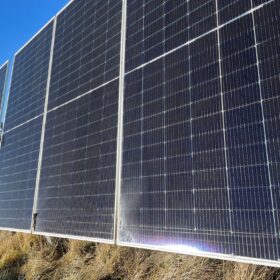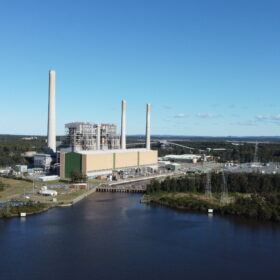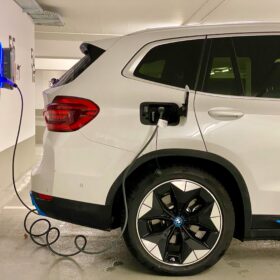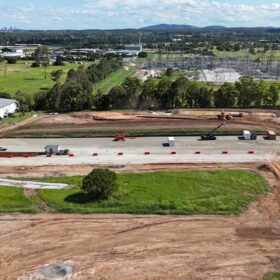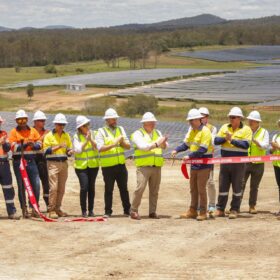Landowner turns tables in hunt for renewable energy
An 1,850-hectare portion of a grazing property in Queensland’s southeast is being offered as leasehold for the development of a renewable energy project as the landowner looks to tap into the generational opportunities presented by the clean energy transition.
Energy Dome targets Australian market with carbon-dioxide battery tech
Italian energy storage company Energy Dome is scouting potential sites across Victoria to deploy its carbon dioxide battery technology as it works to establish a foothold in the Australian energy market.
Sigenergy secures CEC approval for single-phase models
Chinese manufacturer Sigenergy has expanded its available product portfolio in the Australian market with its SigenStor 8 kW, 10 kW, and 12 kW single-phase models having received the official tick of approval from the Clean Energy Council.
Acen plans investment in 80 MW Malaysian solar package
Philippines-based energy company Acen Corporation is preparing to sign off on a $20 million investment in multiple solar PV projects with a combined capacity of about 80 MW in Malaysia as part of its joint venture with a unit of German solar developer ib vogt.
IEA: Global battery industry has entered new phase
China supplied three-quarters of a 1 TWh global battery market in 2024 and its domination enabled steep cost savings and a possible switch to lithium ferro-phosphate technology, according to the International Energy Agency.
Delta joins Samsung to explore battery project at coal power station site
Vales Point power station owner Delta Electricity has teamed with South Korean industrial conglomerate Samsung to develop a large-scale battery project alongside the aging coal-fired plant in New South Wales.
Australian distributed battery rollout gets political
As a federal election draws nearer, the ways in which much-needed batteries in Australia’s electricity distribution network are incentivised is becoming highly political. With the rollout of community battery projects supported by the federal government underway, industry insiders are hoping that politicians settle on measures that will make distributed battery adoption mainstream.
Virtual power plants in energy market from 2026 to bring cost benefits: report
Following the Australian Energy Market Commission’s (AEMCs) final determination in December 2024 allowing virtual power plants to compete directly with large-scale generators in the energy market, technology company GridBeyond has reported the broader market benefits of this significant change.
Enervest Stoney Creek BESS awarded 14-year agreement
Enervest has been awarded a New South Wales long-term energy service agreement (LTESA) for the 125 MW / 1 GWh Stoney Creek battery energy storage system (BESS).
Quinbrook seeks renewable power ‘holy grail’ with eight-hour battery tech
Australian green infrastructure investor Quinbrook Infrastructure Partners has announced it will roll out at least 3 GW of newly designed eight-hour duration battery energy storage systems across the country as it seeks to realise the “holy grail” of 24/7 cheap, renewable power.



